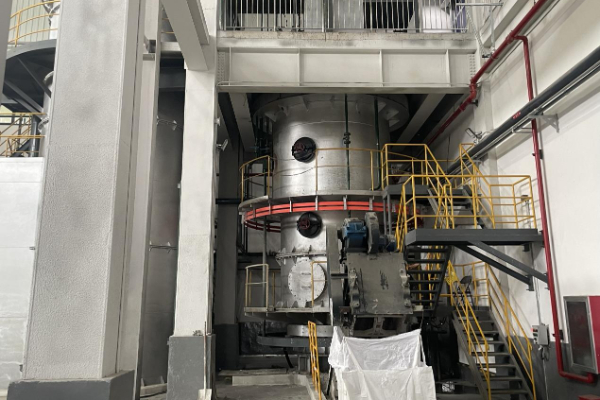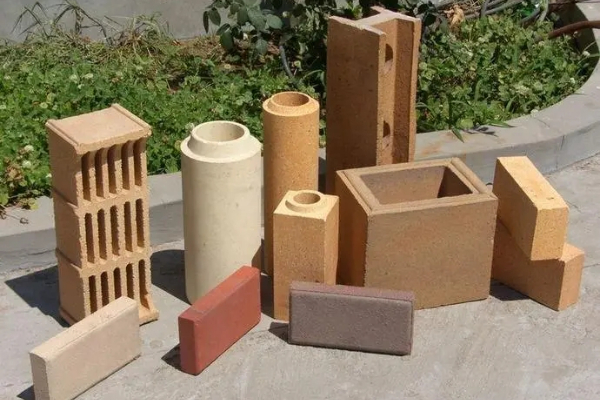At present, there are more than 200 types of waste incinerators used around the world. There are many classification methods according to different classification methods, but in general, there are five main types of widely used and representative waste incinerator technologies, namely: intermittent incinerator technology, furnace incinerator technology, garbage pyrolysis gasification incinerator (CAO) technology, fluidized bed incinerator (including RDF incinerator) technology, and rotary kiln incinerator technology.

Refractory materials for waste incinerators
Refractory materials for incinerators are roughly divided into two categories: refractory brick products and amorphous refractory materials. Reforli g'isht are mainly clay bricks, high-alumina bricks, va kremniy karbin g'ishtlari. Amorphous refractory materials are mainly clay, high-alumina plastics, and clay and silicon carbide castables. Ammo, in recent years, due to the excellent wear resistance of silicon carbide castables and phosphate-bonded high-alumina castables, their use is gradually increasing. When the incinerated garbage is a non-uniform mixture of different compositions, its type, quantity and heat content are also very different. For this reason, the physical and chemical properties of the lining should adapt to the requirements of different stages during operation. The operating temperature of a garbage incinerator generally does not exceed 1200°C, but the gases generated during incineration (such as CI2, S02, CO and alkali metal vapor, va hokazo.) are highly corrosive to refractory materials. Xuddi o'sha payt, the garbage will cause greater wear and thermal shock to certain parts of the incinerator (such as the furnace bottom, propeller and side walls, va hokazo.) during high-temperature movement, requiring the use of high-quality refractory linings, and the demand will continue to increase。
Characteristics of incinerator refractory materials

(1) High strength and good wear resistance to resist the wear of solid materials and the erosion of hot air flow;
(2) Good volume stability and acid resistance to resist the erosion of acidic substances in the furnace;
(3) Good thermal shock resistance to resist the damage to the material caused by changes in furnace temperature;
(4) Good resistance to CO erosion to avoid the collapse of the furnace lining caused by CO erosion:
(5) Good construction performance (amorphous);
(6) Good heat resistance and thermal insulation. When selecting refractory materials, appropriate refractory materials should be selected according to the operating conditions of various forms of incinerators and the performance of various refractory materials.
 Rongsheng guruhi
Rongsheng guruhi

WeChat
QR kodini wechat orqali skanerlang